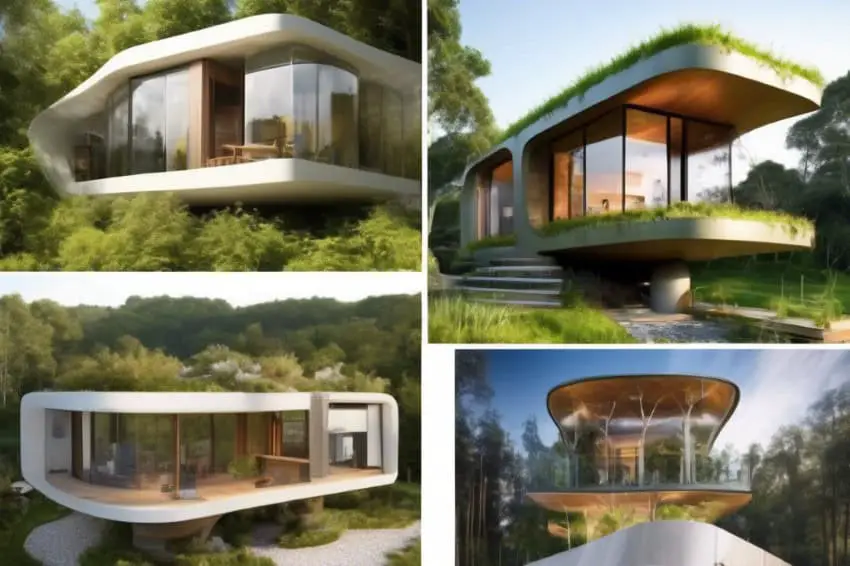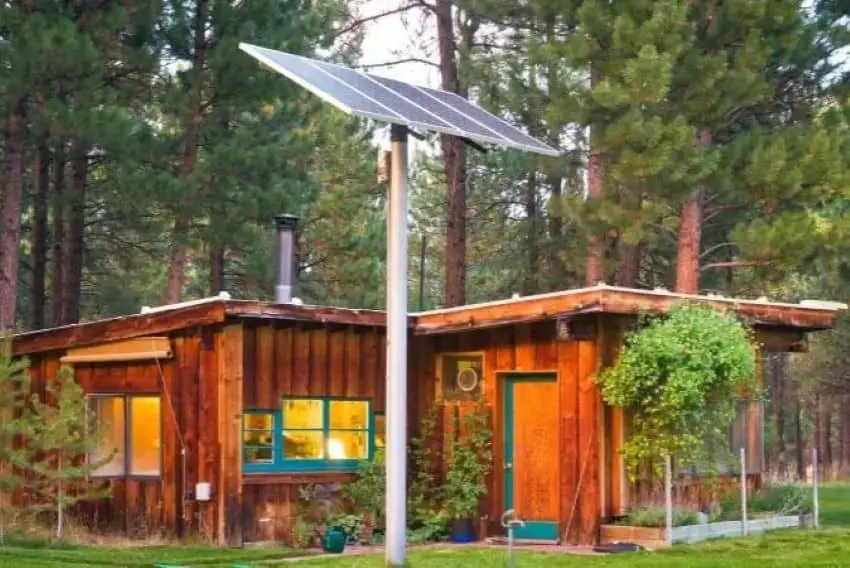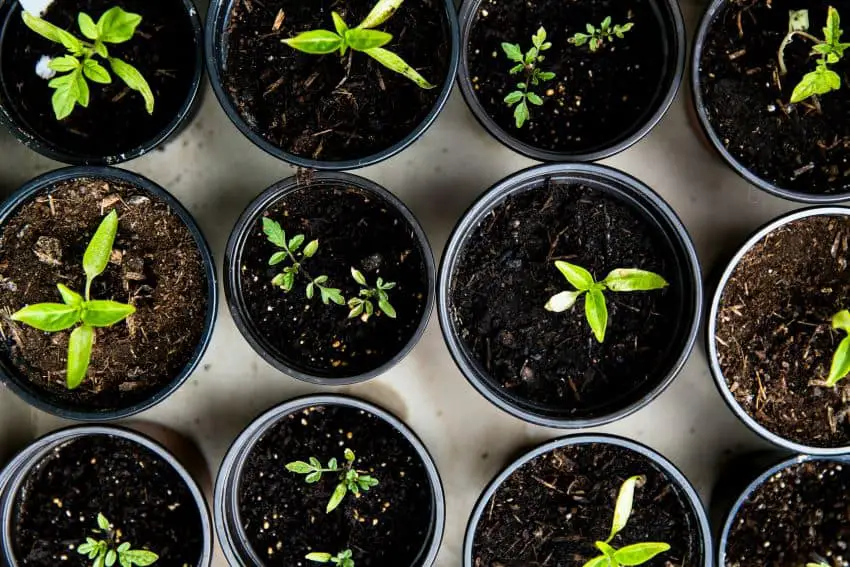The concepts of self-sufficiency and self-sustainability are more prevalent than ever, largely due to people’s desire for autonomy and independence and the fact that both contribute to increased sustainability in the world, a Sustainable Development Goal recognized by the United Nations as urgent to achieve the necessary energy transition. This has led to a new wave of sustainable homes in Mexico, designed to help the environment and deliver savings to homeowners.
It is becoming increasingly evident that energy sovereignty on the national level is crucial in reducing the global carbon footprint. Some nations have greater potential to achieve this, depending on their access to clean energy sources.

In the case of Mexico, the abundance of sunlight for approximately 12 hours a day, most of the year, makes certain areas ideal for generating sustainable homes with renewable energy. This particularity is advantageous as factors like cleaning, water purification systems, temperature control and water management systems can rely on the renewable energy sourced from the sun.
According to the Geophysical Institute of the National Autonomous University of Mexico (UNAM), a square area of Mexico measuring 50 kilometers per side receives sufficient solar radiation throughout the year to fulfil the energy requirements of a population of 120 million people. Just imagine the possibilities!
How can I make my Mexican home more sustainable?
Energy
Achieving self-sufficiency in electricity production is within reach. Angel de la Torre is an early adopter of solar panel implementation in the ranching industry in Mexico. He was able to recoup his investment within five years both at home and in his business, achieving complete energy self-sufficiency.
David Andrew Henry, a Canadian economist and specialist in strategic planning, has resided in Yucatán for 20 years. “I installed 16 solar panels five years ago for $9,000,” he told Mexico News Daily. “My monthly bill from the Federal Electricity Commission (CFE) is now only 110 pesos. It has been my most beneficial investment. Prior to installing the solar panels, I used to worry about CFE surcharges, constantly telling myself not to use the air conditioner too much to avoid higher costs.”

In terms of gas consumption, Mexico City’s UNAM University reports that household use accounts for 63% of the LPG gas consumed in the country. Solar water heaters can play a crucial role: on average, you could recoup your investment in two years and reduce your gas consumption by up to 75%.
Temperature
It is crucial to leverage your environment in terms of location and materials, preferably starting from the construction phase. David Henry implemented adjustments for temperature control: “In this Yucatán region, many houses have flat concrete roofs that absorb and retain heat throughout the day, radiating temperatures of 40 to 50°C round the clock”.
To address this, he added 4 inches of styrofoam insulation under the roof, allowing him to cool the room to a comfortable 25°C. “This temperature is maintained for approximately an hour without needing to run the air conditioning,” Dr. Henry told me.
“I recently installed a new 12,000 BTU mini-split unit, and the cold air stratifies. Another important factor is to install the diffusers at a lower height. In my case, they are positioned at 2 meters (6 feet) from the ground, whereas in Yucatán, most are typically installed near the ceiling,” he says.

Water
Becoming more self-sufficient and sustainable often begins with the fundamentals: water collection. Mexico is home to rain harvesting initiatives like Isla Urbana, a social enterprise that has developed cost-effective rainwater collection systems. So far, they have implemented 30,700 systems, benefiting at least 584,834 individuals.
Installing this type of system is incredibly simple in addition to being a responsible choice. Water-saving devices are also highly significant. For instance, a toilet saver can be very cost-effective, saving up to 1.5 liters of water per flush. A faucet aerator can work wonders, saving up to 9.5 liters per minute. A showerhead saver can save up to 16 liters per minute. Numerous options are available that are as efficient, if not more, than the products offered by Isla Urbana, and are equally cost-effective.
Another effective method to enhance water sustainability in your home is to treat greywater. Greywater describes wastewater from sinks, laundry rooms, showers and washing machines. This type of water is generally less harmful to health and the environment compared to the blackwater generated by toilets. With an appropriate treatment system, greywater can offer essential nutrients that plants require for growth, making it suitable for reuse. Various filters are available on the market to meet your specific needs in this area.
Tips to make your home more sustainable

As mentioned earlier, energy efficiency plays a crucial role in achieving a more sustainable home, alongside other key aspects such as effective water management and temperature control systems. Additionally, implementing proper waste management practices, including separating organic waste for composting and recyclable waste, is essential. While some cities in Mexico may mix waste in garbage trucks, it is possible to research alternative ways to dispose of recyclable materials directly.
For the best outcomes, expert advice can help identify the necessary resources available on the market. Enhancing the sustainability of your home contributes positively to Mexico and the environment — and potentially your finances as well.
Ana Paula de la Torre is a Mexican journalist and collaborator for various outlets including Milenio, Animal Político, Vice, Newsweek en Español, Televisa and Mexico News Daily.
